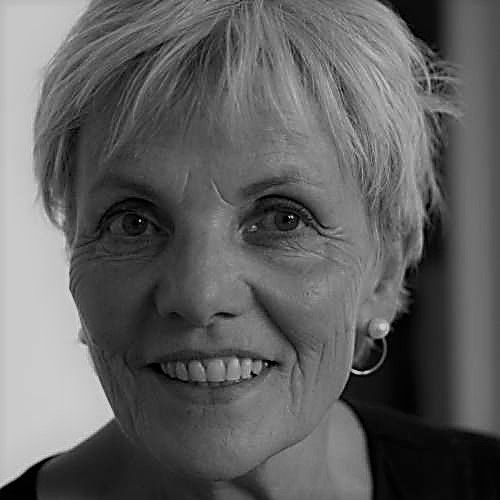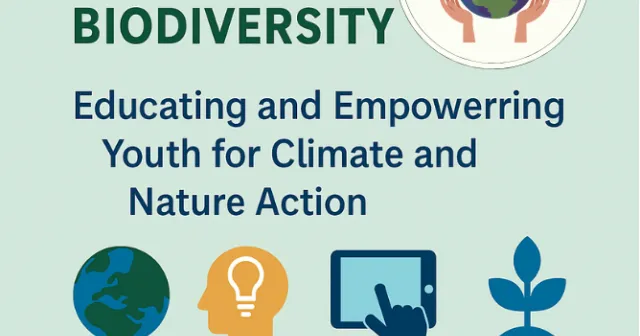Learning in a society of superdiversity and rapid change
Written by Lene Rimestad for EPALE Denmark
This article is part of a series of articles on inclusion in the adult education sector that EPALE Denmark will produce this year.
Our society is changing rapidly; it is characterised by more and more diversity as time goes by. So how can we find common solutions to our problems?
Maria Marquard has worked with colleagues in Denmark and the other Nordic countries using Transformative Learning Circles methodology. They see it as an approach to working that can help promote transformations that can be used in many different contexts, also in work with diversity and inclusion.
"We have revitalised a Nordic tradition of dialogue-based co-creative learning in learning and study circles. You can use this working methodology as part of competence development of employees working with inclusion, but the method can also be used in the direct meeting with different groups of people," Marquard said. She works as a special consultant at the Department of Education, DPU, Aarhus University and is national Danish coordinator for Nordic Network for Adult Learning (NVL), which has tested the method in several contexts.

Maria Marquard, special consultant at Aarhus University and a national coordinator for NVL in Denmark
Transformative learning circles have also been used by the social housing association Bo-Vita, when working to get residents to educate themselves and, for example, finishing the ninth grade leaving exams. The method involves two or more people sitting down together and discussing: What kind of challenge we are facing and where we want to go – and together come up with concrete action points on how to address the problem.
"The method involves not talking ABOUT those it concerns, but WITH those it concerns: That you find solutions together," Marquard said.
Transformative Learning Circles can be about social inclusion or sustainability, but also about creating innovation in a manufacturing company or in other organizations. The Nordic Network for Adult Learning has tested the method in many different contexts, and it seems like a natural extension of the Nordic tradition of cooperation and understanding of democracy.
Two learning circle projects were up and running in 2019. One for employees who work with adult learning in vulnerable target groups, and one for employees who work with adult learning in working life. The purpose of the two learning circles was to identify common problems and discuss solutions. The participants in the circle are responsible for choosing the problems and finding the solutions, while the facilitator provides the framework and does not steer in a specific direction.
"It is not about doing what the system demands or wants, but about choosing solutions that make sense for the participants," Marquard said.
The participants' differences such as nationality and life experience provide many nuances and perspectives for developing and finding new sustainable solutions to complex problems.
The method places very special demands on the facilitator who, among other things, must be patient in relation to giving the participants time to find their own focus and courageous by daring to leave ownership to the participants.
"You can't create a transformation, but you can create the framework for transformation," Marquard said.
The method is characterised by very high participant responsibility and participant involvement; this means that the group facilitator cannot enter a more traditional teacher/expert role. The facilitator sets the framework and becomes the method's advocate, while the group must create content, set the goals and find the solutions for the work. In this way, the solutions are closely linked to the participants' experiences and motivation and are not dictated from outside.
A participant in one of the pilot projects describes how she experienced having this type of dialogue with others:
"And the more approaches you access, the more perspectives you get on yourself, your organization and your target audience. You see with slightly different eyes when you discuss with others who work with the same type of people with the same type of problems, even if you have different tasks in relation to working with these people," the participant had this to say about the project in the report entitled Learning Circles: Evaluation of Two Pilot Circles.
Another said that the method can also be used internally in your own organization:
"My understanding of our common challenge (in my own organization) has changed: I still have to work on getting the staff to reflect and think about different perspectives. Especially when we work with employment training and validation, more of this is needed in order for us to create the right conditions for our participants. Our coordination meetings are a kind of circle where we discuss various things related to validations, and I can see that I can develop a forum for overall reflection. Perhaps common notes can trigger different expressions/assertions/questions, which in turn can contribute to a more common view or understanding of different tasks/priorities in the workplace."
|
What is NVL? NVL, The Nordic Network for Adult Learning, is a programme of the Nordic Council of Ministers. NVL's objectives are to:
NVL is an international decentralised network organization established by the Nordic Council of Ministers in 2005. NVL works across the five Nordic countries (Denmark, Finland, Iceland, Norway and Sweden) and the three autonomous areas in the Nordic region (Åland, the Faroe Islands and Greenland). Source: https://nvl.org/Om-NVL
|




